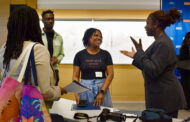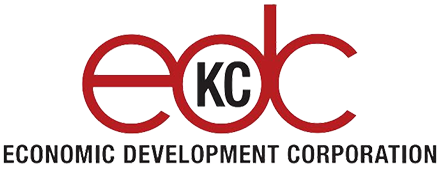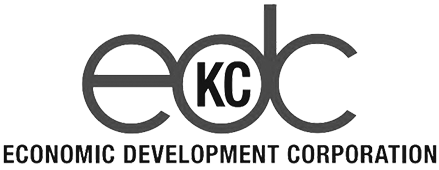Carrie Markel is a co-founder of The Lean Lab, a Kansas City-based education incubator that helps educators create and implement innovative ideas in schools to help students.
It was August of 2013, and I was readying my classroom for 24-second graders.
I had neatly arranged six groups of four chairs with their own supply buckets, color schemes and the names of each student taped on desks. Unfortunately, a third of these students wouldn’t be finishing that first month with me.
My seating arrangement became a game of musical chairs — eight students left and 11 more arrived — thanks to high student mobility, which has long plagued area schools, wreaking havoc on students’ success and stifling community progress.
My seating arrangement became a game of musical chairs — eight students left and 11 more arrived — thanks to high student mobility, which has long plagued area schools, wreaking havoc on students’ success and stifling community progress.
Recent data from the Kansas City Area Education Research Consortium (KC-AERC) show that highly mobile students — those that transfer 1 or more times during the school year — have an average 4.5 percent lower attendance rate than their peers. Of these mobile students, 10 percent miss 12 days or more.
The effects on highly mobile students’ academic success are notable. Compared to their peers, only 60 percent of mobile students are as likely to be proficient in communication arts and only 62 percent are as likely to be proficient in mathematics. National studies suggest that low attendance rates and poor academic performance increase a student’s likelihood of dropping out of high school or delaying their graduation. Dropouts earn, on average, $8,000 less per year than high school graduates, resulting in lower tax revenue for local economies.
In Kansas City, this problem is a particularly complex one. While working to become the most entrepreneurial city with a string of economic development initiatives, this growth has not increased prosperity for families living in poverty or students who attend school in Kansas City’s urban core.
This lack of shared prosperity is reflected in student data from KC-AERC, which was then overlaid with U.S. Census data. The results show that not only is student mobility concentrated in Kansas City Public Schools (KCPS), charter schools, Raytown, and Hickman Mills school districts, but these systems also have students living in neighborhoods with the highest poverty rates. While some families are exercising their right to try out different school options, students in zip codes with 10 percent higher poverty were 14 percent more likely to transfer schools. And homeless students were 200 percent more likely to transfer than non-homeless students.
This matters because as we sit on committees and run panels bemoaning the lack of tech talent, or capital investment, or women in STEM, or one of the many problems that are blamed for hindering our growth as a great American city, we have a young generation of talent right here in our urban core that we have ignored.
High student mobility has long-term effects on the taxable revenue we can obtain, the number of jobs we can create, and the level of talent we can employ. But more than just an economic issue, our ability to step up as a city for students in our urban core will determine our city’s deeper character and moral compass, and will deliver a return on investment much harder to quantify.
On September 1, Mayor Sly James’ Turn the Page KC, KC-AERC, The Lean Lab, and local school district leaders, housing authorities, and executive directors came together to form community-based solutions for addressing student mobility at GradNation Summit. Join The Lean Lab on September 17 at the Sprint Accelerator, 4:30-6 PM to learn more about the solutions and see how you could get involved.






































